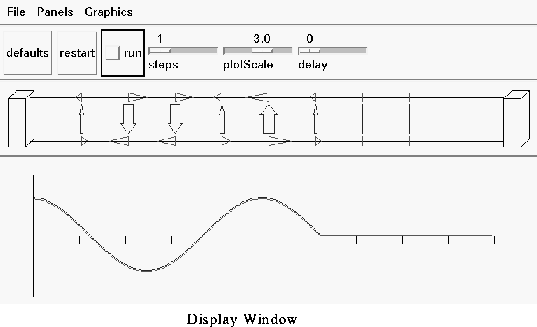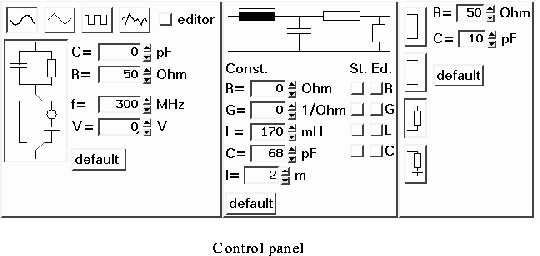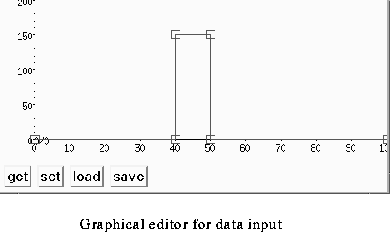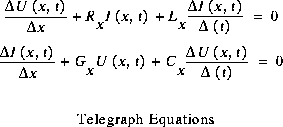Table of Contents
Hermann Härtel, Michael Lüdke
(Programming)
IPN - Kiel
Other applications or tools from this site:
xyZET,
Pixidor
To the list of Colos applications
This program simulates the transmission of voltage or current steps or continuous changes along a one dimensional double line. All relevant parameters can be changed interactively, allowing for a broad spectrum of phenomea to be studied (dc, ac, high frequency).
The so-called telegraph equations, the one dimensional form of Maxwell equations, form the base of this program. The numerical solutions of this program are displayed in real time with all relevant parameters accessible for variation. The basic notions of reflection and superposition can be demonstrated with a variety of parameter changes related to the line, the voltage source and the load. This program allows to treat transmission line effects and dc-phenoma in an integrated manner.
Starting with simple transport phenomena in mechanical systems (using the simulation program xyZet) or electrical systems (using the simulation programs "elCur1-5") the basic notion of time delay, reflection and superposition can be introduced.

TeEl then allows to demonstrate in time domain the full spectrum of transmission line related solutions without any mathematical overload. The understanding of these basic notions and the gained insight about the scope of possible solutions should serve as an effective starting point for the integration of mathematical methods, especially those related to frequency domain.
The display window as main part of the interface shows the voltage and current distribution over a double line as function of time. The control section offers the possibility to change all parameters related to the line parameters L, C, R, and G, to the voltage source and to the load.


Finally the values for the line parameters and the time variation of the voltage at the source can be edited in different graphical editors with the mouse as input device.
The simulation is based on the numerical solution of the so-called Telegraph Equations.

For about 100 points along the line the values for U and I are calculated and displayed in "real" time. Parameter changes are immediately updated.
The simulation program should serve during lectures, mostly on Sec. II and university level and in parallel with experiments. It should also be integrated into labwork where additional support material would have to be provided by the teacher. It may serve as an environment for exploration and practice for the motivated individual learner.
Evaluation has been carried out during development in fragmented form and only with small groups.
After finishing the documentation the program will be offered to selected teachers for tryout. A controlled evaluation study will be carried out at two sites during 1994.
It is expected that teachers will state a more efficient and satisfying experience in making physics more understandable due to the rather different role and complexity of the mathematics involved. It is expected to find better results in learning when testing students in relation to understanding of concepts and the meaning of mathematical tools.
